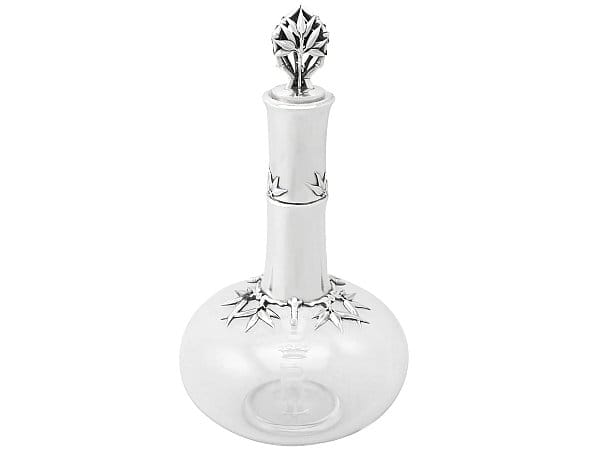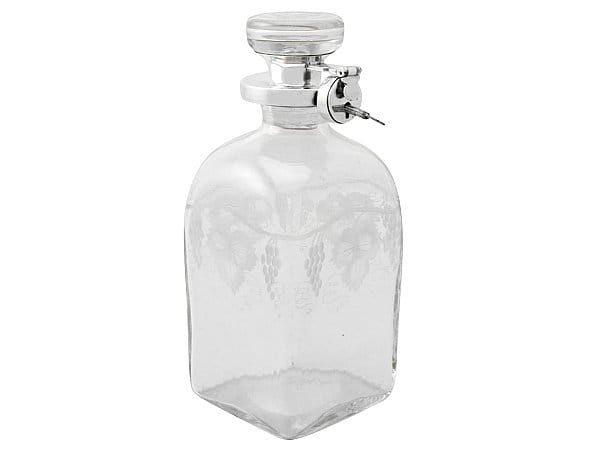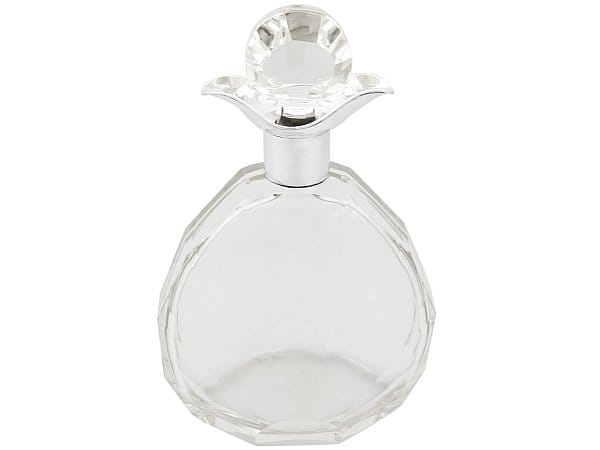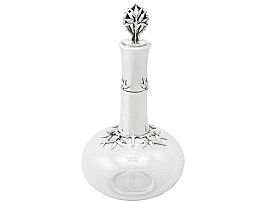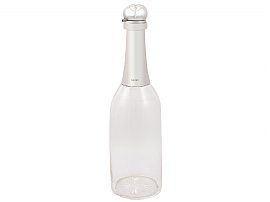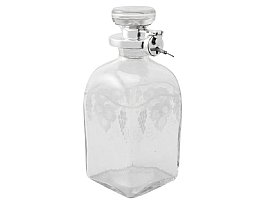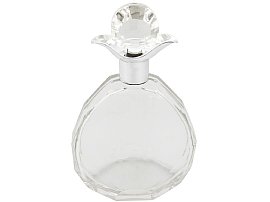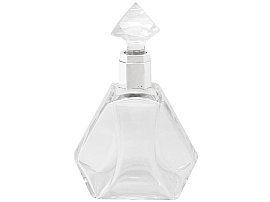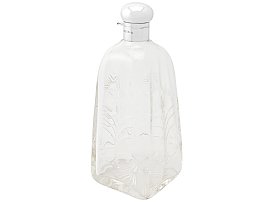The History of the Decanter
What Is a Decanter?
A decanter is a vessel that is used to contain a beverage that may contain sediment such as wine. Another traditional benefit of the decanter was that, by separating a small amount of wine (or your chosen beverage) into a smaller container, it could be handled more easily- necessitating only one servant at the dinner table.
Purpose of a Decanter
As forementioned, a decanting a beverage into a smaller container allows service to be made easier and certainly makes a statement piece as part of a dining room set.
Besides service, another purpose of a decanter is to both store and aerate the liquid, which is particularly important for wine, especially wines high in tannins such as red wines. The sufficiently large surface area of the decanter allows the wine to increase its contact with the air and allow those more favourable aromas and flavours to develop as less favourable compounds evaporate. Red wines with more robust flavours benefit from aeration to help the flavours evolve, open up, and make them more approachable. Not all wines are suited to a decanter, but you can certainly decant most spirits or even water if preferred.
History of Decanters
Originally, antique decanters would have been crafted in glass or crystal. After the fall of the Western Roman Empire however, glass became much more difficult to source; as a result, decanters were more frequently crafted from bronze silver or gold or earthenware. It wasn’t until the Renaissance and the rise of the Venetian empire that glass decanters were reintroduced. It was these decanters that were first crafted in the style that we would recognise today: with a slender neck and a wide body. The only problem with this design was that due to the wide body, the exposed surface area of the wine was increased- causing it to react with the air.
After the glass decanter became an established household item in Britain (during the 18th century) a solution to this problem was found. British designs from around 1730 introduced the stopper to the decanter in order to limit the wines’ exposure to the air. The brits built upon the design features established by the Venetians: the growingly popular British decanters featured long necks and broad shoulders tapering towards a wide base. As the century progressed, the form of the decanter evolved. Straight sided bottles grew in popularity; these items would also often feature engraved labels indicating their contents.
When, in the UK, it became most common to craft decanters from cut glass, the addition of an engraved label became impractical. This led to the advent of silver drink labels- a collectors’ item in their own right.
Other countries had their own successes and innovations when it came to the decanter. In Ireland during the 18th century, they were most commonly made from mould blown glass, featuring vertical flutes and necks that would be decorated with multiple rings. Their stoppers saw stylistic evolutions too: bullseye and lozenge shapes reigned for the first half of the century, but by the end the mushroom stopper was most prevalent. Irish decanters saw a surge of popularity around this time, receiving great commercial success and being exported worldwide (namely the U.S, Portugal and the West Indies).
Both British and Irish decanters became so popular that soon enough travel versions were being created. Usually, a travel set would feature four square bottles with ball stoppers displayed in a small mahogany box. The French also had a take on this style. They often chose to include gilded shoulders, focusing on this feature as the shoulders were the only part visible while the decanters were snug in their box.
Different Decanter Shapes
Decanters come in a variety of shapes depending on its primary function. Red wine decanters are often wider at the base to allow for aeration, whilst multi-function decanters for serving purposes may appear taller or slimmer.
Whilst wine decanters are often open, whiskey decanters or gin decanters often have a stopper. Stoppers not only ‘seal’ the decanter’s contents until you are ready to drink but more importantly minimise exposure to air. Spirit decanters are often characterised by thicker glass to keep the beverage cooler, and in some cases embellished with cut glass decoration to improve the appearance of the liquor.
Decanters and Dining Customs
Many British dining customs relied on the decanter. It was traditional to keep the glasses and bottles on a sideboard during a dinner party rather than on the table- they were only really handled by servants. However, it was often the preference of the men of the group to continue drinking after the meal was over and the wives and children had retired to bed.
This led to a lot of wine being passed around, and the unique shape of the decanter was considered to be more pleasing for this uses than the dark green bottles, as well as less likely to spill while being passed between the men. The business man George Ravenscroft (1632-1683) was one of the first people to notice that a decanter would be more appropriate for this purpose; he therefore pioneered their introduction to the English aristocracy.
The only shortcoming of this custom was the fact that, with decanters, the drinkers would not know the contents of the bottle they had been passed: hence the invention of the silver bottle label/ ticket which would be hung around the neck of a glass or silver decanter announcing its delicious contents.
